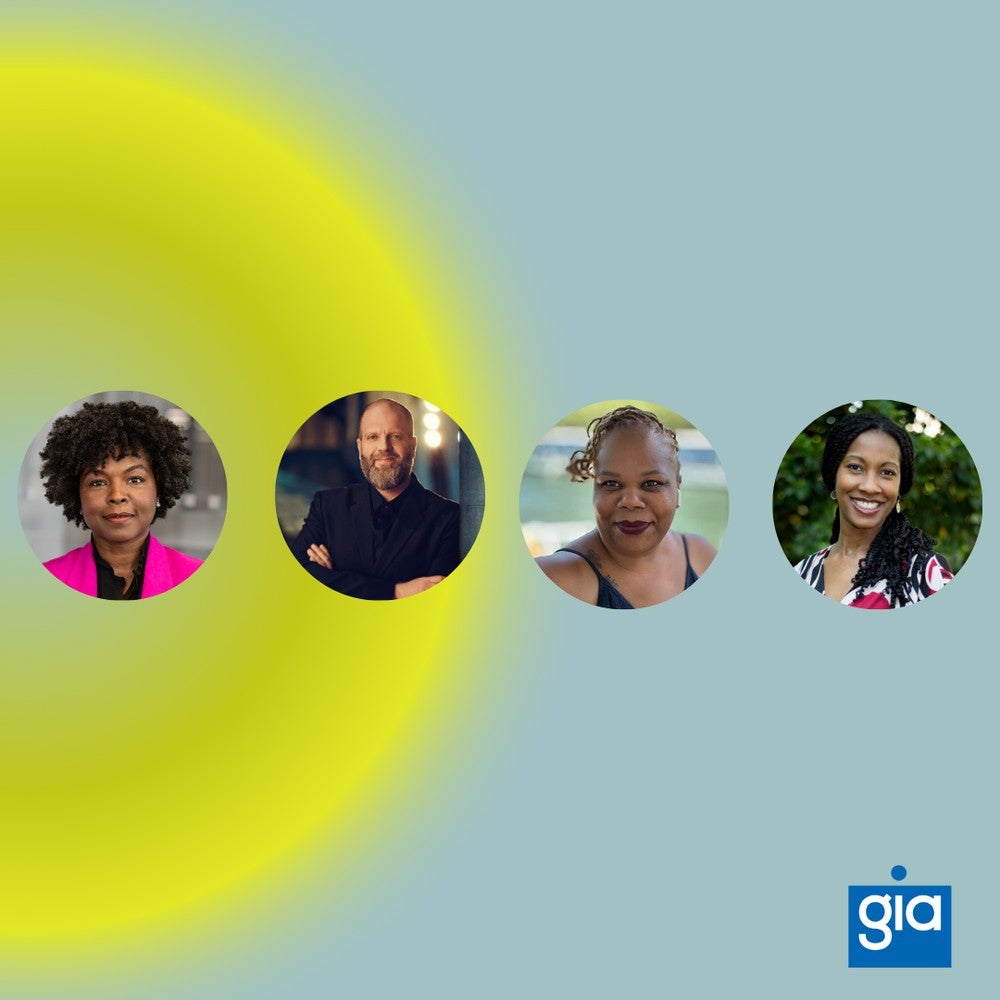A few years ago, The Wallace Foundation began developing a series of stories that provide insights from the early work of five performing arts organizations who are part of our Building Audiences for Sustainability Initiative. Most of the stories are also accompanied by discussion guides created to help administrators, board members and arts practitioners in organizations of varying budget sizes and disciplines apply lessons from the stories to their own context.
John-Morgan Bush, director of learning and leadership at League of American Orchestras, and the creator of the discussion guide for the Seattle Symphony BAS Story, outlines how organizations can use these guides to help identify challenges in audience-building.
In the performing arts, the path to audience building can seem more like a well-worn rut than an adventure down the yellow brick road.
While executives are often skilled at innovating and forming grand visions for their organizations, it can be challenging to convey that vision to everyone else who works in the organization, let alone encourage them to contribute to it. Too often when we convene our teams to tackle complex interdepartmental issues as vital as audience building, we may not always get the inspired ideas we hoped for.
A common problem is that when examining our own organizations, staff and leadership may be too close to tradition. Or some people may feel bound to existing operating procedures and inhibited about recommending ideas that may disrupt their normal way of working or invoke change. This could make it difficult to incorporate insights from staff who have deep experience in specific areas of the work of performing arts organizations—marketing, ticketing, operations and more.
What we need, perhaps, is a way to honestly address the challenges in our organizations without maligning anyone’s work or talent. Put more concretely, what if we could displace our critiques and suggestions onto another organization that’s dealing with similar questions, decisions, actions and may even be making the same mistakes?
Enter the BAS stories and discussion guides. The essential point of these (free!) resources is to offer a way of encouraging new ideas and vibrant discussions among staff that can then be used to address your organization’s specific needs around audience development. In my experience crafting the Seattle Symphony Discussion Guide, one of my main priorities was to create a workbook that could prompt individual reflection and empower staff to step out of their individual roles into that of a manager dealing with competing imperatives. This helps to elevate everyone’s point of view, to see the big picture and innovate solutions to the challenges outlined in the stories.
Here’s one way an organization might use the BAS Stories and guides to empower staff to invent solutions around their specific challenges. While the steps below can provide a solid foundation, I encourage you to adopt a process that you think will work best for your organization.
- Share the link to any of the five BAS stories and videos with staff in advance of convening them (for example, here is the story of CRASHArts, now Global Arts Live). You'll find the Discussion Guide at the bottom of the article. Encourage them to observe, absorb and take notes on the stories and challenges presented. You may wish to select one story with a particular resonance for your organization, or you may want to incorporate all five stories. All the stories—regardless of discipline—have lessons applicable to any organization. In fact, if may be easier for your staff to be objective if the organization you choose to focus on is not in the same discipline as yours.
- Convene your team(s) and begin with inviting them to share their preliminary observations. It may also be helpful to let staff know this conversation is a safe space to share and exchange ideas. For larger teams, using an app like Slido could be a great way for individuals to anonymously share ideas or responses to prompts in a group setting. The important takeaway here is to make space so that everyone can be heard.
- Using the prompts outlined in the BAS discussion guides, focus the conversation on specific components of the story to ask questions about how the issues addressed by the organization in the story are similar or different to your own organization. That’s when the reflection begins to shift toward your organization’s unique needs.
- Then let go. Allow the conversation to ebb and flow. If it takes a turn in a new direction, follow it! When staff become excited or interested in an aspect of the story, let them take the lead and initiate conversation in that area. Those are the great moments when individual knowledge and personal experience with the work find synergy with analysis of the story and voilà! New ideas begin to emerge.
- Lastly, it’s important that the conversations continue even after formal discussion has ended and that the new ideas that emerge are revisited, prioritized and supported by leadership. Audience building is an adaptive and iterative process that requires flexibility and frequent assessment.
Far more engaging and much less costly than the all too common response of hiring a consultant, the BAS resources can help catalyze ideas, collaboration and learning in a way that champions the individual’s voice and expertise, while simultaneously disrupting the well-worn path of the status quo. I invite you to try them with your staff and learn together. You might not solve all your audience-building challenges at once, but you will certainly understand more about your staff’s collective capacity for innovation and experimentation. Who knows, you might even find yourselves on a yellow brick road.




